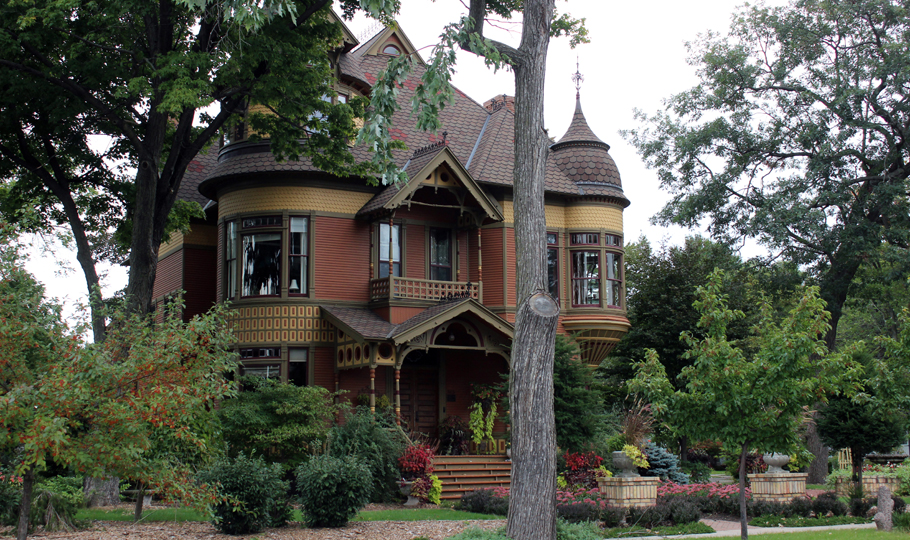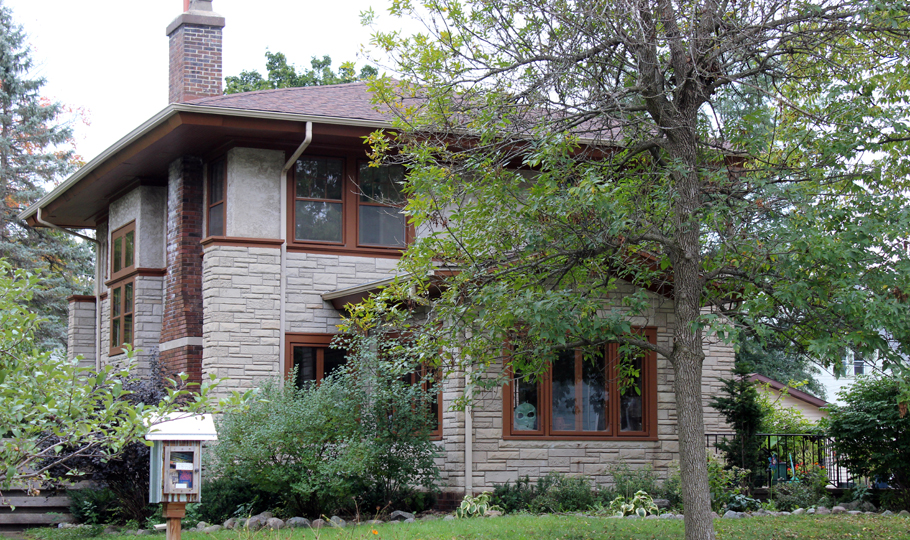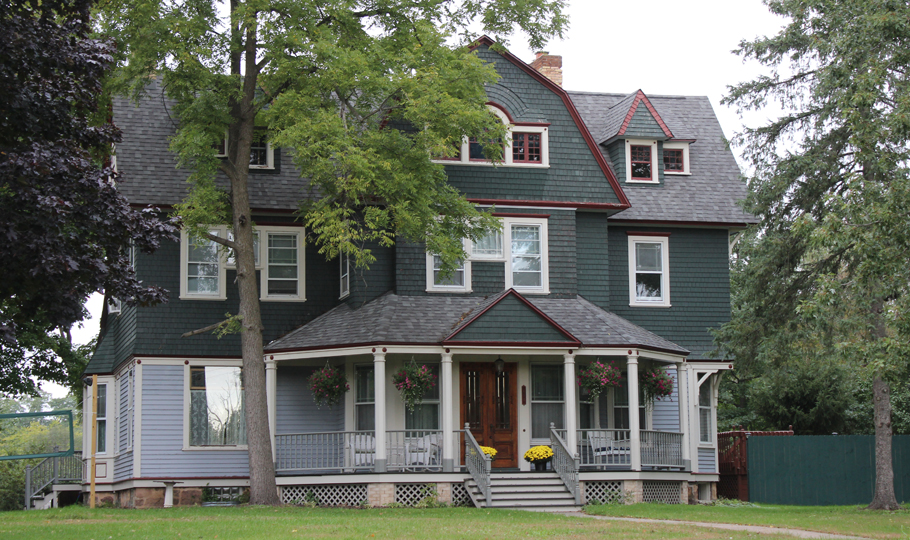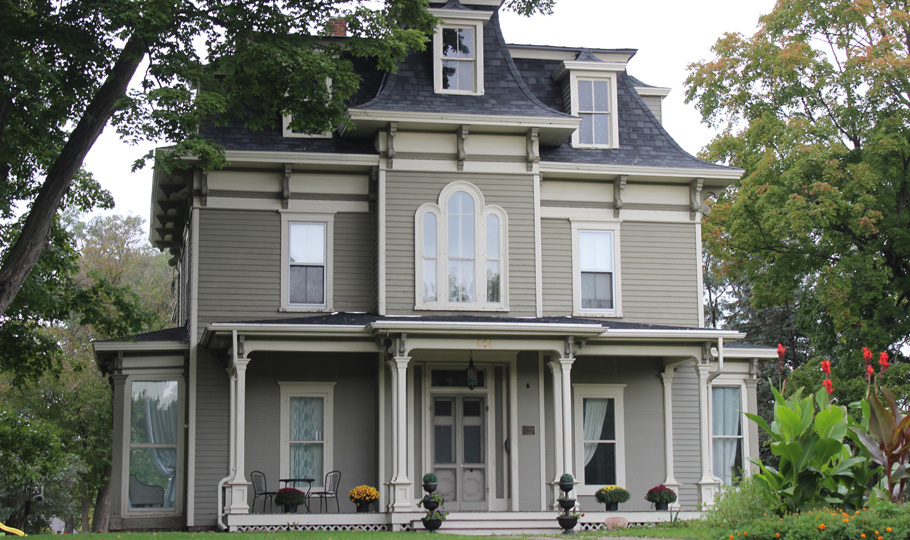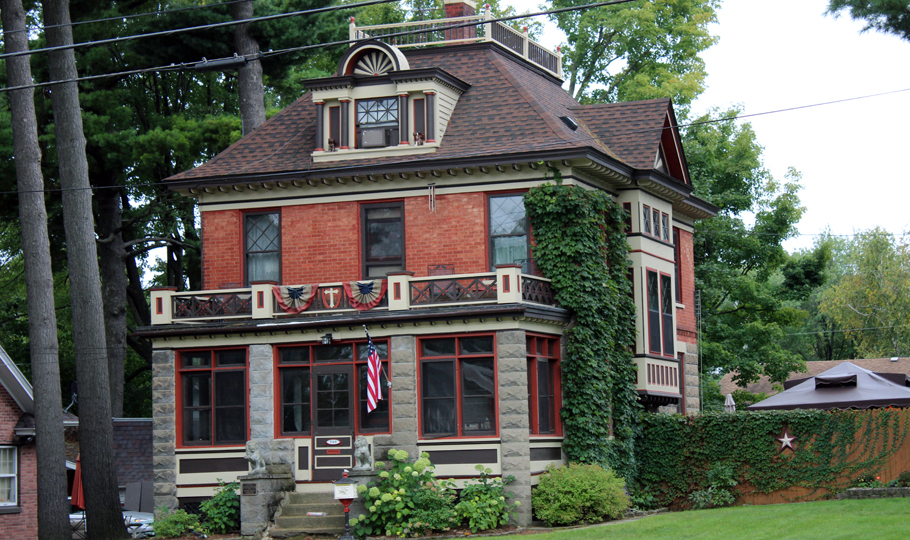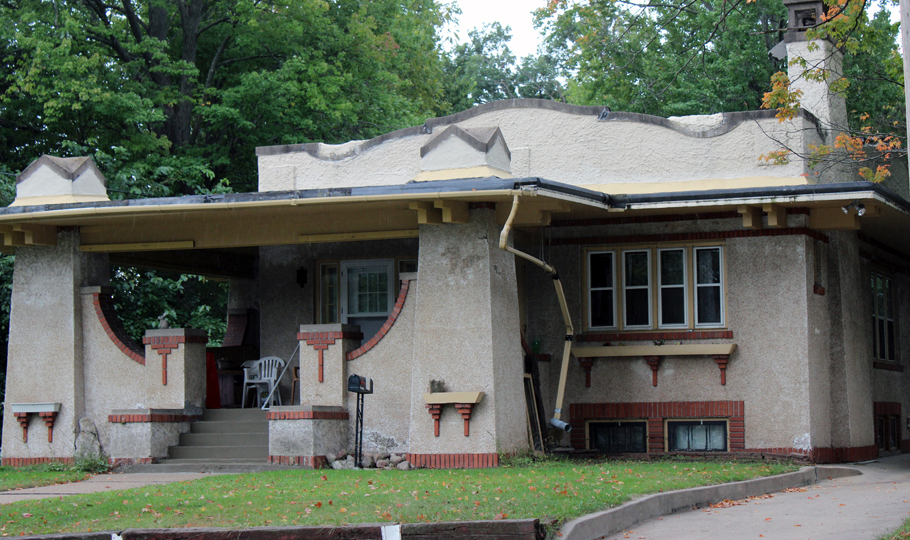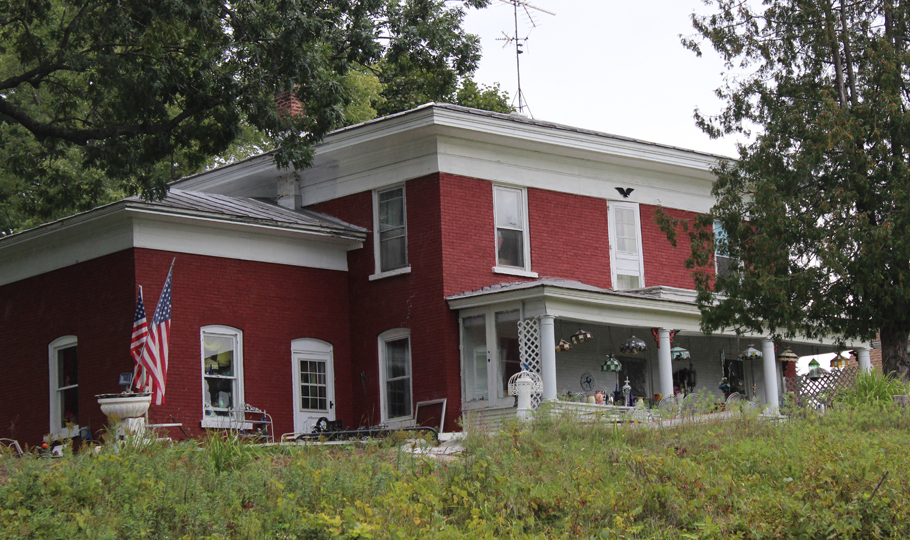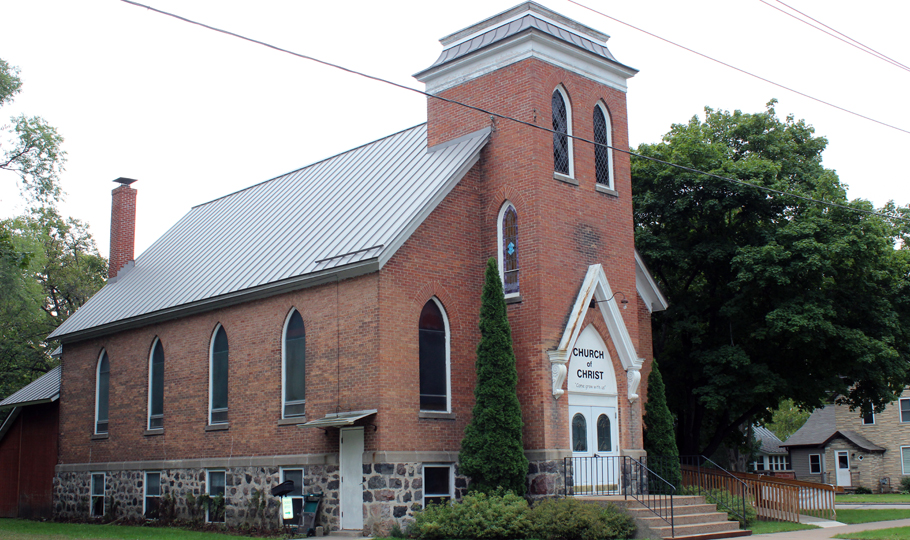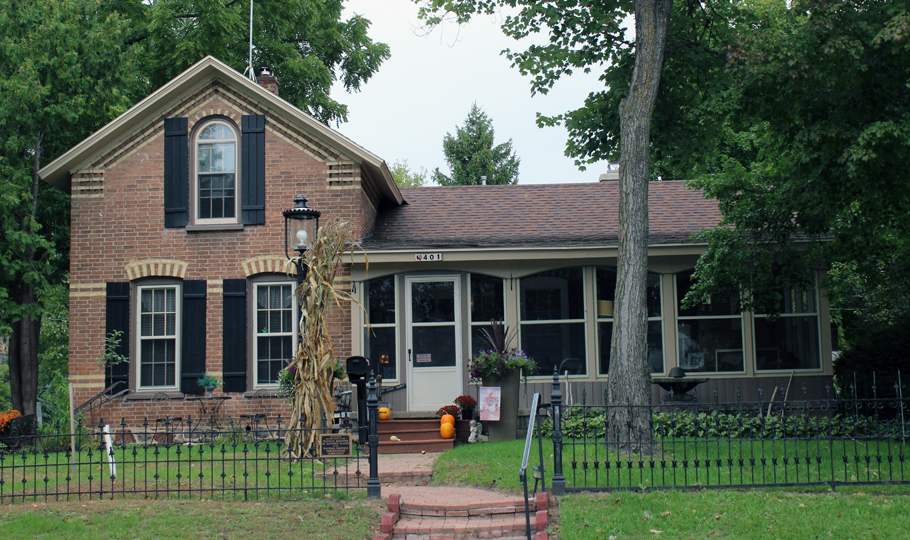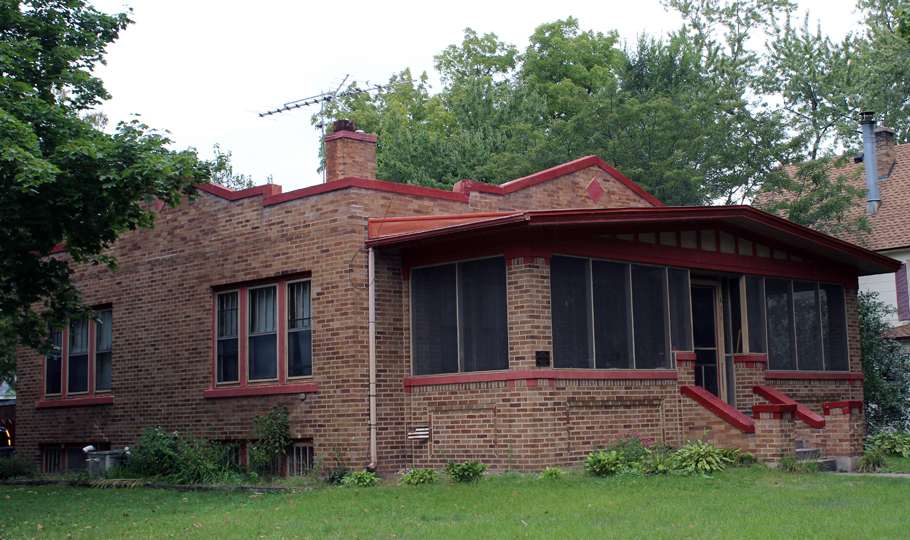Guide features 64 examples of city’s architecture
By Angie Landsverk
A new guide provides a tour of some of Waupaca’s historic architecture.
The Historic Waupaca Architectural Guide was completed this year, and is available at local businesses.
“The point of the whole thing is to teach people about the houses they walk by or drive past all the time,” said Scott Christie.
He is the chairperson of Waupaca’s Historic Preservation Commission, and spent at least 100 hours working on the project.
“I’m very proud of it,” Christie said.
The guide features 64 properties.
The architectural history of each one of them is included, as well as a picture of it.
The personal history of the builder, or those who lived in the house, is also part of each entry.
There is a map in the center of the guide.
The numbers on the map correspond to how the properties are listed in the guide.
One property – Apple Tree Lane Bed and Breakfast – was not able to be shown on the map. Its address is included.
The guide begins with how Waupaca developed, is followed by the information about the 64 properties and then ends with descriptions of residential architectural styles, architectural terms and roof types.
Its cost is $3, which covers the printing cost at Office Outfitters.
“This was not done to generate revenue. It is to create awareness,” Christie said.
Copies of the guide are available at Apple Tree Lane Bed and Breakfast, Blue Angel Salon, Crystal River Bed and Breakfast, Embellishments, Fletcher’s Jewelry, Green Fountain Inn, Holly History and Genealogy Center, Little Fat Gretchen’s, Lucky Tree, Main Street Marketplace, Panache, Revival, Salon Arian, Stange’s, Studio 212 and the Waupaca Area Public Library.
Other guides were done in the past.
“I personally have always wanted to have a more comprehensive one,” he said. “I wanted to cover all the varieties of house styles.”
The houses featured in the latest guide were built in the late 1800s and early 1900s.
“It’s neat to point out something and say, ‘That is a Colonial Revival,’” Christie said.
The plan to create such a guide began about two years ago.
It followed the commission hosting historic preservation commissions from throughout the state.
That meeting took place about four years ago.
The discussion included how to boost the community and get people downtown.
Evansville had a historical and architectural walking tour booklet.
The community is located in southeastern Wisconsin, and has numerous examples of historic architecture.
Christie said the booklet not only described the houses, but had pictures and descriptions of them.
It also included verbiage about architecture and a map.
“In doing one for here, I got input. I wanted to cover as many architectural styles as possible in Waupaca,” he said.
Christie wanted to make the guide appeal to everyone.
“I wanted to use houses that are good examples of the styles, and choose from throughout the city – not just the historic districts,” he said.
There are two historic districts in Waupaca that are listed on the National Register of Historic Places.
The Main Street District has 49 contributing structures, and the Lake Street District has 79 homes.
Many of the homes in the new guide are part of the Lake Street District.
Other homes in the city also contribute to it.
In addition, there a few churches in the guide, as well as the post office and Waupaca’s former public library.
“I wanted to stick with houses, but churches fit in, and the post office is in a residential neighborhood,” he said.
Christie used a number of sources to do his research, including the city’s tax rolls, Waupaca Historical Society and the Wisconsin Historical Society.
The guide provides some examples of the historic architecture here.
People are encouraged to use the Architecture and History Inventory at www.wisconsinhistory.org for information about other homes in Waupaca.
Christie eventually wants to do a guide for downtown, centered on commercial businesses.
He is also speaking about Waupaca’s historic homes at 6:30 p.m. Tuesday, Oct. 9, during the Rural Historical Society meeting.
The meeting takes place in the organization’s headquarters, on Main Street in Rural.
People may purchase a copy of the Historic Waupaca Architectural Guide that evening.
Christie said it will be the same presentation he did last spring at the Holly History and Genealogy Center.
The guide includes stories about the people who lived in the houses when they were first built.
“The intent is for people to walk around and look at them,” Christie said. “The hope is to create awareness.”

